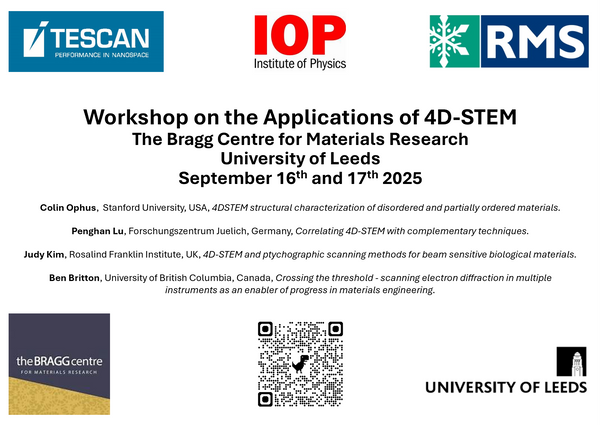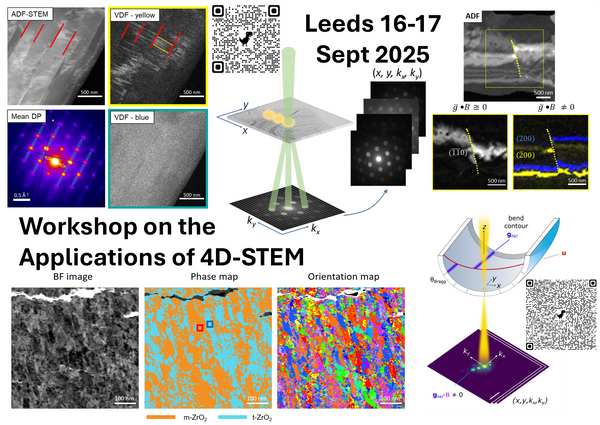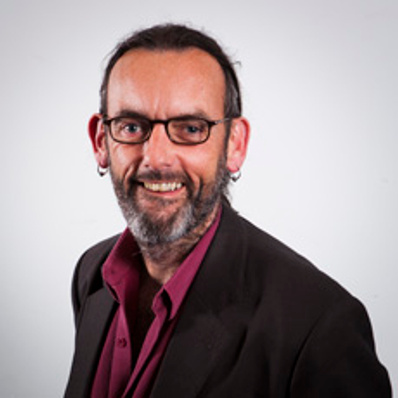4D-STEM (Four-Dimensional Scanning Transmission Electron Microscopy) is an emerging technology in materials characterisation. 4D-STEM uses a focused probe of known convergence to capture a 2D electron diffraction pattern at each scan position, thus recording a 4D dataset of the STEM probe in real space (an image in x and y) and for every real space dwell or pixel an image in diffraction space (kx and ky). Recording complete diffraction information at each probe position, allows (with some levels of post processing) the extraction of multiple aspects of sample information (even at low dose) such as crystal phase, orientation, strain, and local electric and magnetic fields. In addition, it can be used to improve image resolution, via ptychographic methods, and be correlated with local chemical information derived from simultaneous energy dispersive X-ray (EDX) and/or electron energy loss (EELS) spectrometries (spectrum-imaging). As a result, applications of 4D-STEM are rapidly growing and bringing benefits to a range of research areas.
Applications of 4D-STEM is a workshop to be held in Leeds on 16th and 17th Sep 2025 and is organised jointly by the Royal Microscopical Society and the Electron Microscopy and Analysis Group of the Institute of Physics. The workshop is kindly sponsored by Tescan.
The purpose of this workshop is to highlight the applications of 4D-STEM across a broad range of materials classes, both hard and soft, and by demonstrating the micro- and nano-structural information that can be derived and linked to the processing and performance of materials.
Over two days, the workshop will comprise both keynote and invited talks from active researchers in the field, contributed poster presentations and demonstrations on the TESCAN TENSOR, the world’s first dedicated multimodal analytical STEM microscope optimized for 4D-STEM workflows and enhanced by integrated and fully automated beam precession.
Event Sponsored by










